Review for The Wind Rises
Introduction
It felt like the end of an era when Hayao Miyazaki announced his retirement, making this film, The Wind Rises, his final message to the world. It was the culmination of a career in film animation that has seen him lauded as the Japanese Disney, his films awaited with eagerness around the world. You might have thought it was just another blip in the long history of Studio Ghibli, after all Miyazaki has retired before on more than one occasion, only to be quickly tempted back for another animated masterpiece. But this time, at the age of 73, there was a sense of finality to his departure that there wasn’t before. That end of an era feeling merely intensified more recently, when it was announced that Studio Ghibli would be scaling back its production arm. It was one of the few remaining animation studios in Japan to keep its animators in-house, on contract, but now it looks likely that we’ll see fewer new films from them now, with even producer Toshio Suzuki moving on from that role.
So the Wind Rises is Hayao Miyazaki’s final masterpiece, his most heartfelt and most personal work, a film that embodies all that he has tried to do in a career in animation, a reflection of his worldview and a final, cinematic message to all who have followed his career, and all who would one day seek to become animators themselves. Or at least those and countless other motives that critics have assigned to this film, analysing it to its core, trying to fathom the enigmatic filmmaker one final time, through his creative expression. It’s been lauded, praised; it’s even been nominated for an Academy Award, although unlike his earlier Spirited Away, it didn’t garner the gong. It’s also controversial, telling a story that probably didn’t turn out too palatable to Academy voters, the fictionalised biography of Jiro Horikoshi, the designer of the Zero fighter. But to paraphrase Freud, sometimes a movie is just a movie. You see, The Wind Rises isn’t really that good.
From childhood, Jiro Horikoshi dreamed of flying, of aeroplanes. He was inspired in his dreams by the Italian aircraft designer Caproni to reach for the sky, especially as with his poor eyesight, he knew he’d never be a pilot. Caproni would come to live in his dreams to keep inspiring him, pushing him forward. While he grew up during a time of war, when planes were called on to deliver destruction, his ambitions were of something more peaceful, and useful. Sure enough the war ended, and Horikoshi went to university, but the years that followed weren’t years of prosperity for Japan, and by the time he graduated the Great Depression had taken hold in the world. But his prodigious talent for engineering still got him hired, although Japan was still stuck making planes from wood and canvas, where the rest of the world had moved onto more robust technologies. Could it be that the only way that Jiro Horikoshi’s dreams of unfettered flight can come true is through war?
The Wind Rises is released on this standalone DVD edition, while a Blu-ray DVD combo pack is also available.
Picture
The Wind Rises gets a 1.85:1 anamorphic transfer on this dual layer DVD in native PAL format, with the 4% speed-up that implies. It’s a lovely transfer for a DVD, clear and sharp throughout, with strong colour reproduction, and no aliasing that I could see. Miyazaki’s animation and detailed character artwork comes across well, and the gorgeous, vivid action sequences look spectacular. You do have the limitation of the DVD format, in that there is compression artefacting around fast and complex motion, of which there are several scenes in this film, rain storms and earthquakes and such. The larger the screen you watch it on, the more the Blu-ray becomes the obvious choice.
Sound
You have the choice between DD 2.0 mono Japanese and English, with optional translated English subtitles. You read that right, mono audio. It’s the same on the Blu-ray, and it was dictated as such by Miyazaki, and the English dub studio followed the same dictates. I chose the Japanese audio out of curiosity on top of my usual preferences. Cast in the main role as Jiro Horikoshi is Hideaki Anno, who is better known as the director of Neon Genesis Evangelion, as well as the Evangelion rebuild movies. I was curious to hear what someone not particularly known as an actor could bring, but his performance is surprisingly good, if a little rougher than you might expect. It helps that the Horikoshi of the movie is somewhat socially awkward, and a technical perfectionist, not exactly the most emotive of characters.
What might throw you a little are the sound effects in the film, many of which are created using the human voice. Biplane engines puttering, the wind blowing, the earth moaning during an earthquake, all accomplished using the Japanese equivalent of Michael Winslow, and I found it distracting on occasion. The subtitles are accurately timed and free of typographical error, although I did feel the translation was a little looser than you might expect, somewhere in between the close translations offered by more niche anime titles and the final dub script. Alas, I had no time to check the dub, although as Disney afford it some serious star power with actors like Joseph Gordon-Levitt, Martin Short, Stanley Tucci, and William H. Macy, it’s bound to be worth listening to.
Extras
The Wind Rises isn’t laden with extras to begin with on the Blu-ray, and it gets even less on the DVD. You have the animated menu, the feature storyboards that you can access as a multi-angle option, and 3 minutes worth of Trailers and TV Spots. The disc presents its content with an animated menu.
Conclusion
The animation is sublime, the technicalities of the storytelling are on a par with anything that Miyazaki has done before, and the film is replete with memorable moments, not least a recreation of the Great Kanto Earthquake of 1923 that is stunning in the terror that it inspires. It’s also evidently Miyazaki’s most personal film, a labour of love brought to life on screen. The thing about personal, labours of love is just that; they are personal and not everyone will appreciate them. Miyazaki’s take on the life of Jiro Horikoshi is all about dreams, dreams that inspire us, and dreams that drive us, become obsessions. It’s also about divorcing the pursuit of the dream from any consequences that arise, about the sacrifices that people choose to make to achieve those dreams.
Here the dream is of flight, the dreamer is Jiro Horikoshi, but the world he’s born into isn’t one that wants peaceful applications of such technology. He falls in love with the idea of flying while World War One is in progress, and by the time he’s in a position to work towards that dream, the world is taut under the inequities of the Great Depression, the resentful nations on the losing side of the Great War smarting under the terms of the Armistice of 1918, and the last gasps of Imperialism as nations like Japan seek to expand their influence. Nations want new engines of war, and companies are tasked with supplying them. For Jiro Horikoshi, such companies are the only game in town if he wants to build his dream aeroplanes.
The film is pure Miyazaki, with that love of a simpler, bygone age, and the fascination with flight. But the overall story fails to satisfy. Horikoshi’s professional life is drawn in simplistic shades, there’s very little adversity that he faces in his career. He succeeds in pretty much everything he turns his hand to, and what few setbacks he faces are almost glossed over. His personal life is what is fictionalised here, a romance with a girl who he rescues during the Earthquake, and who he is subsequently separated from, but who he re-encounters through chance, and who in the interim has contracted tuberculosis. So she becomes a tangible representation of the sacrifices Jiro has to make to achieve his dreams.
The problem with the film is a lack of drama and investment in the characters. It certainly does paint a vivid picture of the interwar years, the increasing martial nature of the country, and during a visit to Germany to exchange technological knowledge with the Junkers manufacturer, a sign of the growing paranoia and militarisation of that country as well. As mentioned, the Earthquake is very effective, the collision of old world and new in Japan of the 1920s and 30s effectively depicted. But the story itself is just as ephemeral as the dreams its protagonist has. It drifts through its sequence of vignettes, without dramatic impact or import. And in the end the message is unsatisfying, that to pursue and achieve one’s dreams is a worthy goal regardless of the results, and how your creation is perceived or used by others is not your responsibility. That responsibility ends with the act of creation.
I can’t help but compare The Wind Rises to Shadow Makers. The latter is a biopic of J. Robert Oppenheimer, the scientist that was the driving force behind the creation of the atomic bomb, and the story of the Manhattan Project that resulted in its creation. Throughout the film, the moral question of the weapon’s creation is always at its heart, the tension between wartime necessity and ethics is ever relevant. Characters in the film are tested, and tested again by this issue, and in the end, the question of where a creator’s responsibility begins and ends with his creation is, if not categorically answered, is well and truly explored. The Wind Rises lacks in this exploration.
The Wind Rises may be Miyazaki’s masterwork, the culmination of a career in animation, breathtaking beautiful, and atmospheric to watch. But the story is thin and unrewarding. By excessively fictionalising the protagonist’s life it becomes less a biopic and as much a fairy tale as any other Miyazaki creation, and by refusing to address the essential issues in the story, Miyazaki ironically abrogates responsibility in much the same way as his version of Jiro Horikoshi. It’s as if he’s given us his final movie, and what we make of it, what we think of it, has nothing to do with him.
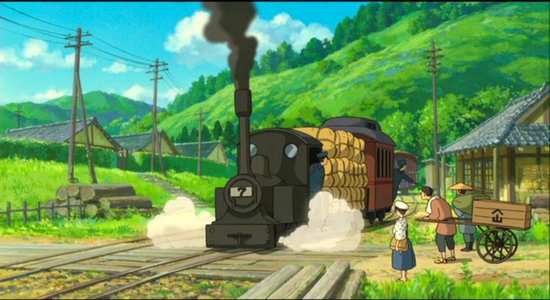
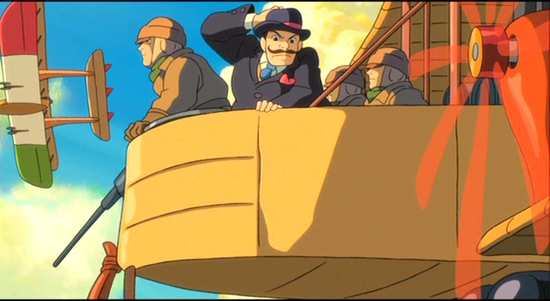

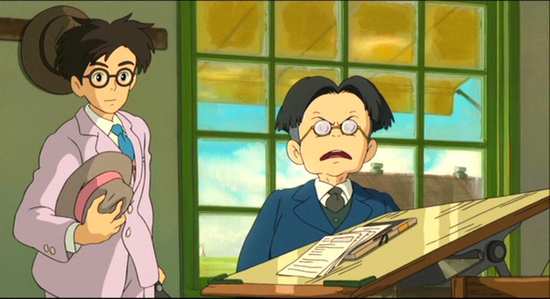
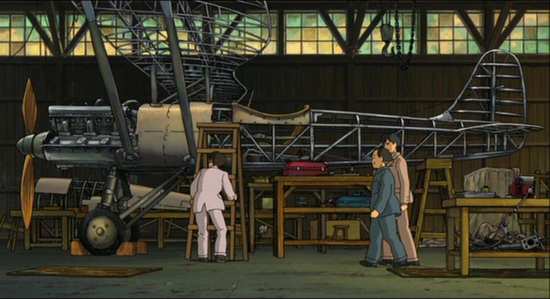
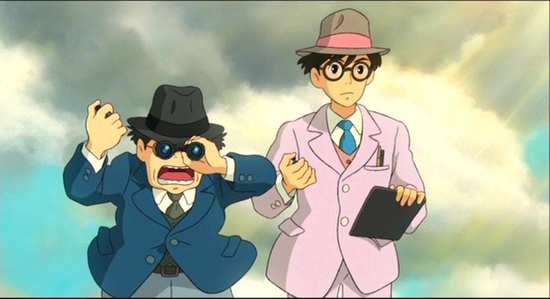

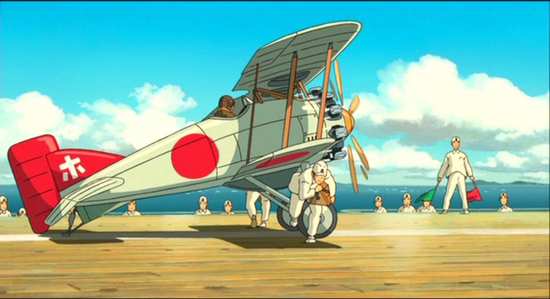
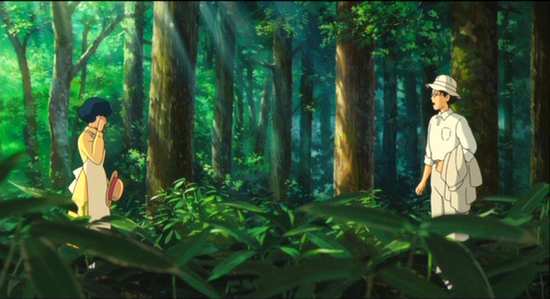

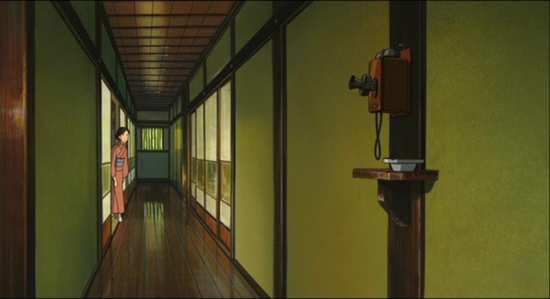
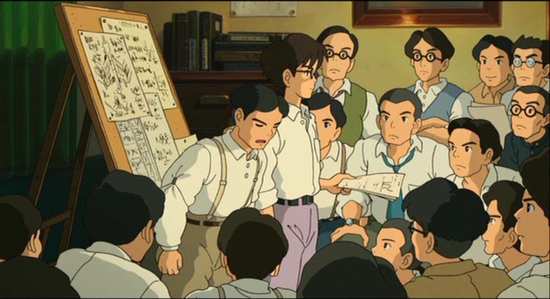
Your Opinions and Comments
Be the first to post a comment!